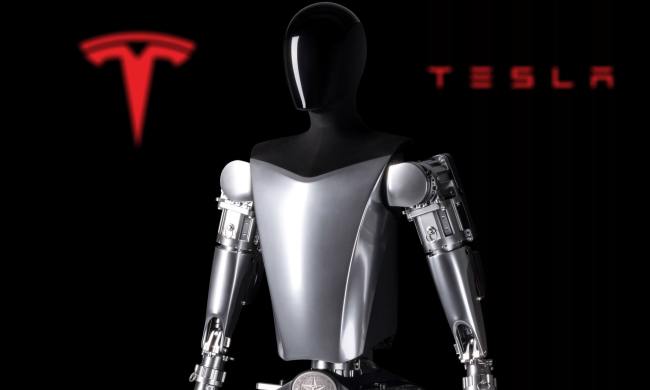If you’re a writer who tends to be easily distracted, the Freewrite Traveler may be just what you need.
The device is a better looking, more compact version of the Freewrite machine that launched a couple of years ago, and aims to divert you from your procrastination method of choice so that you can focus on the writing task in hand. At least, that’s the idea.
Created by New York-based Astrohaus, what the Traveler doesn’t feature is the reason you might want to get it. There’s no email, no social media, no games, no alerts or notifications, no video streaming, and no apps. There’s really little more than a keyboard, a display, and an internet connection so you can save your work to the cloud.
One of the main strengths of the Traveler over its predecessor is its lightweight, foldable, and altogether more portable design, hence its name. Tipping the scales at four pounds, the original Freewrite device was a hefty, bulky lump of a thing, while the Traveler weigh in at a more manageable 1.8 pounds. So now you can head to your favorite coffee shop to finally begin work on that amazing novel idea you’ve been talking about for so long, though if you’re a bit of a people-watcher, distractions other than those provided by the internet may prove a challenge. Oh, and best to chain your smartphone to the bottom of your bag, too.
The Traveler comes with an E Ink display, a slim full-size keyboard with keys offering 2mm of travel, and four-week battery life. The device saves your work automatically at regular intervals to internal flash storage, and to a cloud service such as Dropbox or Google Drive when you’re connected to the internet.
Notably, the device supports Markdown syntax, enabling rich formatting in your documents such as headings, bullet points, and italics.
“The idea is that by separating the creative and the critical, we can work more effectively,” Astrohaus says. “Draft on Traveler and with seamless syncing to the cloud [you can] effortlessly transition to editing later on your computer. Once there you can still use your favorite editing programs like Scrivener, Final Draft, or Word.”
The Traveler is an Indiegogo campaign that’s already well past its $50,000 funding target — and it still has a month to go. The retail price is expected to be $599, though at the time of writing a few early bird offers are still listed at $309. If all goes to plan, the Traveler will ship to backers in June 2019, with global availability slated for three months later.
As with any project of this nature, if you choose to back it then do so with the kind of caution you would apply to any other crowdfunding campaign. To find out more, check out the Traveler’s Indiegogo page.


